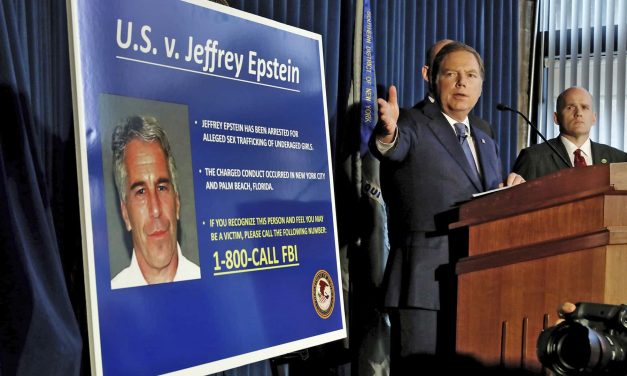This is NPR: Public Radio still speaks with many voices and dialects after half century
By Jason Loviglio, Chair and Associate Professor of Media and Communication Studies, University of Maryland, Baltimore County From its start half a century ago, National Public Radio heralded a new approach to the sound of radio in the United States. NPR “would speak with many voices and many dialects,” according to “Purposes,” its founding document. Written in 1970, this blueprint rang with emotional immediacy. NPR would go on the air for the first time a year later, on April 20, 1971. NPR is sometimes mocked, perhaps most memorably in a 1998 “Saturday Night Live” sketch starring actor Alec Baldwin,...
Read More















